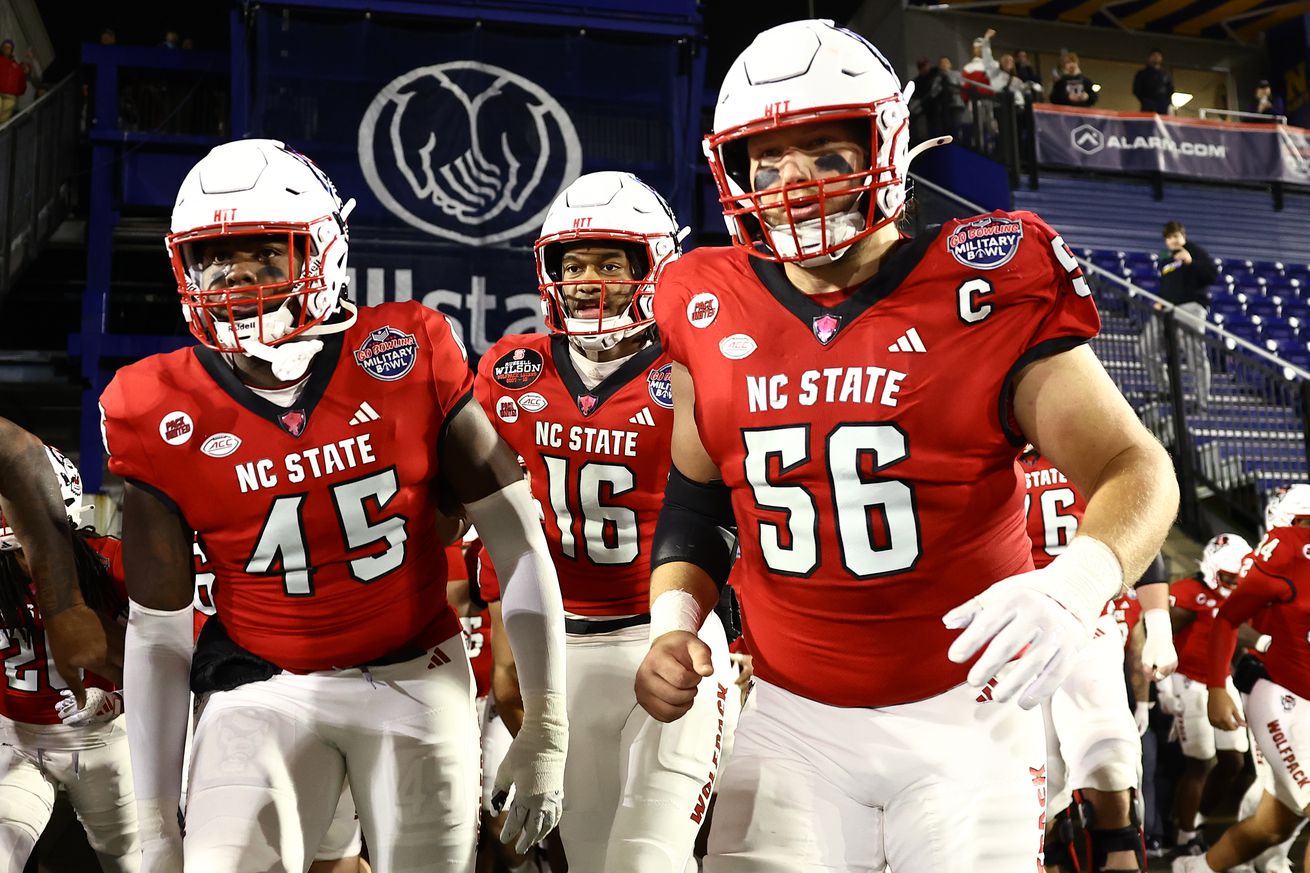
With the House antitrust settlement scheduled to be finalized in the spring, schools have been hurriedly preparing for the new system of player compensation that will come with it: a $20.5 million per-school cap that will be distributed directly by the athletics department, rather than third-party NIL collectives.
This money can be divvied up in any way, though of course football and men’s basketball programs are going to receive the bulk of the money, since they generate the bulk of the money.
A typical school paying out the full $20.5 million may end up giving around $13 million to football and $3 million to men’s basketball, for example.
This is actually problematic for a tiny number of schools that already spend around $20 million on football alone, since they need ways around the cap to match their current spending. If you would like to read about how the mega-powers are approaching this particular uptown problem, you can do so here. (Please prepare your very tiny violin.)
While the House settlement remains unfinalized, college administrators remain vague about their plans. Boo Corrigan is no exception, so we don’t have much idea of where NC State will land on this. The cost of staying competitive is going up, but how NC State ultimately defines “competitive” in terms of dollars for football and basketball remains to be seen. And here at the upper-lower-middle class level, it’s not necessarily assured that the school will pay that full $20.5 million.
NC State already has made a couple of moves to address the transition ahead: increasing football parking pass fees and seeking a naming rights deal for Carter-Finley Stadium. While that’ll help some, it’s also possible that the adjustment phase includes cutting sports or downgrading them to the club level—two things I really hope do not happen here, but almost certainly will in some places, and who knows with any of this, really.
Football and men’s basketball are going to have more NIL money to work with come July—this is assuming NC State comes anywhere close to that $20.5 million cap—and that’s the bright side. State’s collective has done the best it can, but certainly hasn’t been doling out the figures that will mark the new spending floor come July.
